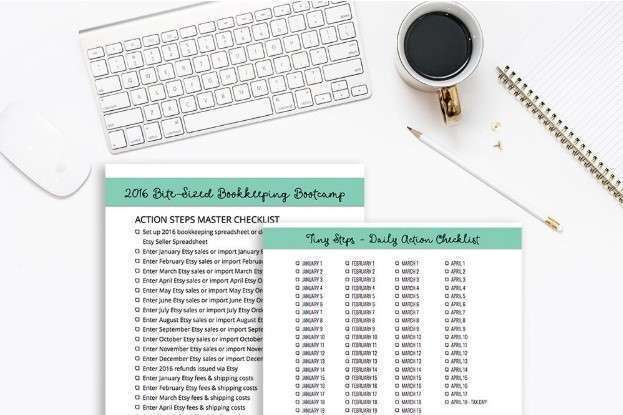
But it’s good practice for either the buyer or seller to obtain China freight insurance. While it is customary for the buyer to arrange insurance, this is often negotiated before confirming the sale. Receive news and insights that help you navigate supply chains, understand industry trends, and shape your logistics strategy. Understanding the differences between each is as simple as knowing how much responsibility the buyer and supplier assume under each agreement.
How Does Shipping Under FOB Work in China?

This means that if the goods are damaged or lost during transit, the seller is responsible for filing a claim with the carrier or their insurance company. A prevalent misconception is that FOB terms solely determine liability for damages during shipping. While FOB terms establish when ownership and risk transfer, they do https://x.com/BooksTimeInc not replace insurance agreements or address liability arising from negligence or other factors. Comprehensive shipping contracts should include clear insurance terms to cover potential damages.
Disadvantages of Shipping FOB for the Buyer
To further clarify, let’s assume that Claire’s Comb Company in the US purchases a container of The Wonder Comb from a supplier based in https://www.bookstime.com/ China. For FOB shipping, you can get an FOB price estimate using Freightos.com’s International Freight Rate Calculator. There are situations where you may be responsible for covering costs before your goods are on board. This means that no matter where you ship from, you will encounter the same regulations.
Point of Transfer in FOB Shipping Point
In the case of FOB shipping point, the buyer typically covers the shipping cost. However, if the seller initially pays the shipping costs and then bills the buyer, the seller will record this as a receivable or add it to the sale price. Understanding FOB means knowing who holds the responsibility when things go wrong during shipping. FOB terms clearly outline who’s responsible for costs and who must take action if goods are damaged or lost during transit. Struggling with product shipment and stumbled upon the term FOB as a potential solution?
Incoterms for all transport modes
Once you are satisfied with the shipping quotation, the next step is to inform your logistics company that you would like to use them to ship your products. Depending on where the cargo is traveling, they will usually send you some documentation, and ask you to sign an agreement stating that you wish for the forwarder to handle your shipment. For newer importers or importers who have always purchased under Incoterms where the seller organizes the freight costs, shipping point the process can seem more complicated, because there is an added step.


Managing freight delivery with FOB Shipping Point and FOB Destination requires careful planning and attention to detail. Best practices include properly packaging the goods, selecting qualified carriers, and communicating openly with buyers or sellers throughout the transportation process. Incoterms address aspects such as risk transfer, cost allocation, and customs clearance responsibilities, ensuring both parties have clear expectations. Staying updated with the latest Incoterms, such as those introduced in Incoterms 2020, is essential for effective global trade.
- Reducing freight costs with FOB Shipping Point and FOB Destination requires a strategic approach to transportation.
- Created by the ICC, the FOB Incoterm is mostly used for international sea freight transport.
- For example, in FOB shipping point, the buyer is responsible for freight, insurance, and other costs from the shipping point onward.
- However, it is common practice for the shipper to hand over the cargo to the carrier at the terminal where it awaits to be loaded onto the vessel.
- This article provides an in-depth analysis of both terms, including their definitions, advantages, disadvantages, and practical tips for successful shipping under each term.
What is the difference between FOB and CIF?
From that point on, the buyer is responsible for all risk, transportation costs, and insurance. When dealing with international trade, understanding trade terms like FOB Shipping Point and FOB Destination is crucial. These terms, part of the International Chamber of Commerce’s Incoterms, help define the responsibilities of buyers and sellers in the shipping process.
Cost Savings for Buyers/Sellers
When goods are labeled with a destination port, the seller stays responsible for damages, lost items, and other costs and issues until the shipment is complete. In shipping documents and contracts, the term “FOB” is followed by a location in parentheses. Simultaneously, while the treadmills have not yet been delivered, the buyer has now officially taken responsibility for the goods. The buyer should record an accounts payable balance and include the treadmills in their financial records. The fact that the treadmills may take two weeks to arrive is irrelevant to this shipping agreement; the buyer already possesses ownership while the goods are in transit. With the FOB shipping point option, the seller assumes the transport costs and fees until the goods reach the port of origin.
